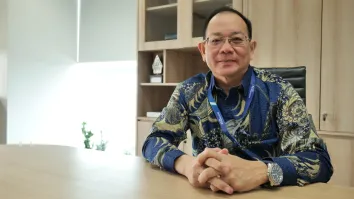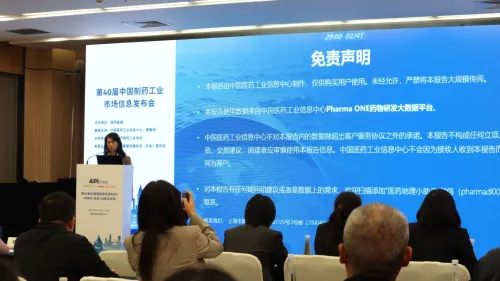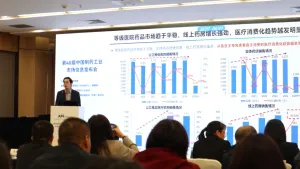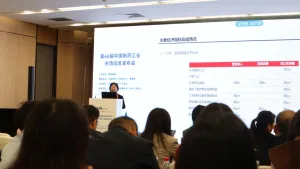Digital barriers challenge telemedicine access for vulnerable patients
Aging populations and low-income groups face hurdles in adopting telemedicine.
The rise of telemedicine has transformed healthcare delivery, but the rapid pace of digitalisation is leaving vulnerable patient groups behind, industry leaders say.
Frederick Tay, Director at Joyce A. Tan & Partners LLC, highlighted the ageing population and low-income groups as those most affected by telemedicine's increasing reliance on advanced digital platforms. “A lot of the users of this telemedicine are actually potentially the ageing population with chronic illnesses. They might be struggling with the increasingly more advanced platforms in which telemedicine has been delivered,” he said.
He further explained that limited access to high-speed internet exacerbates the issue, leaving marginalized families unable to use telemedicine effectively. “The high intensity of the power of the data usage of the platforms means families who are not able to access faster internet are increasingly marginalized,” Tay added.
Echoing these concerns, Gustaf Agarston, Founder and CEO of BIMA, shared that this lack of connectivity excludes a significant portion of potential users. He noted similar issues in Pakistan, where the illiteracy rate is about 60%, making text-based platforms impractical.
Both experts agreed that telemedicine platforms must adapt to be more inclusive. Tay emphasized the importance of designing user-friendly systems that consider not only patients but also their caregivers. “When designing the platforms, they should ensure they are not just looking to support patients but also the ecosystem that supports the patients, like primary caregivers,” he said.
Agarston advocated for multilingual and low-bandwidth solutions to address diverse needs. “In our markets, where we operate with many different local languages, we basically need a panel of doctors to speak different languages,” he said.
On the regulatory front, Tay noted a lack of specific rules requiring accessibility for digitally inexperienced patients. In Singapore, telemedicine falls under broader telehealth regulations, which do not mandate accessibility for all patient groups. He pointed out that existing guidelines focus more on ensuring the quality of services rather than the usability of platforms.
Agarston added that while WHO guidelines provide some direction, companies often need to go beyond these recommendations to reach underserved populations.



















 Advertise
Advertise







